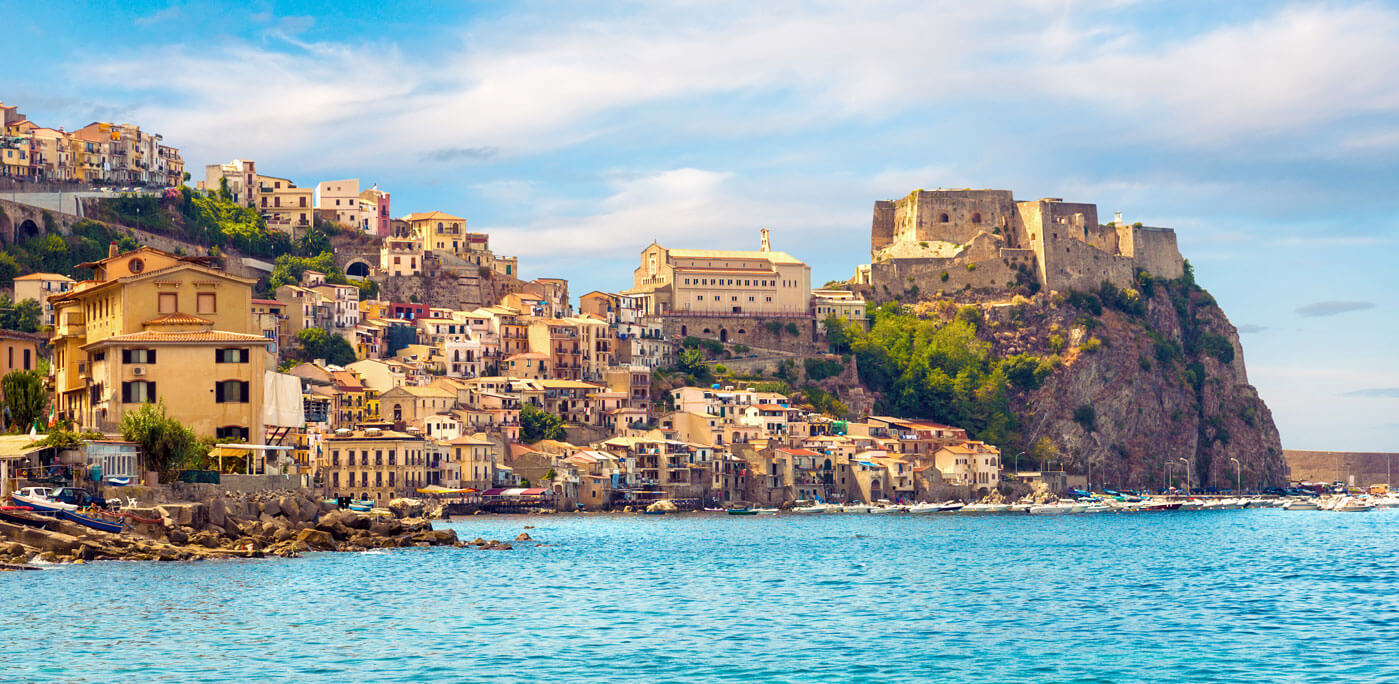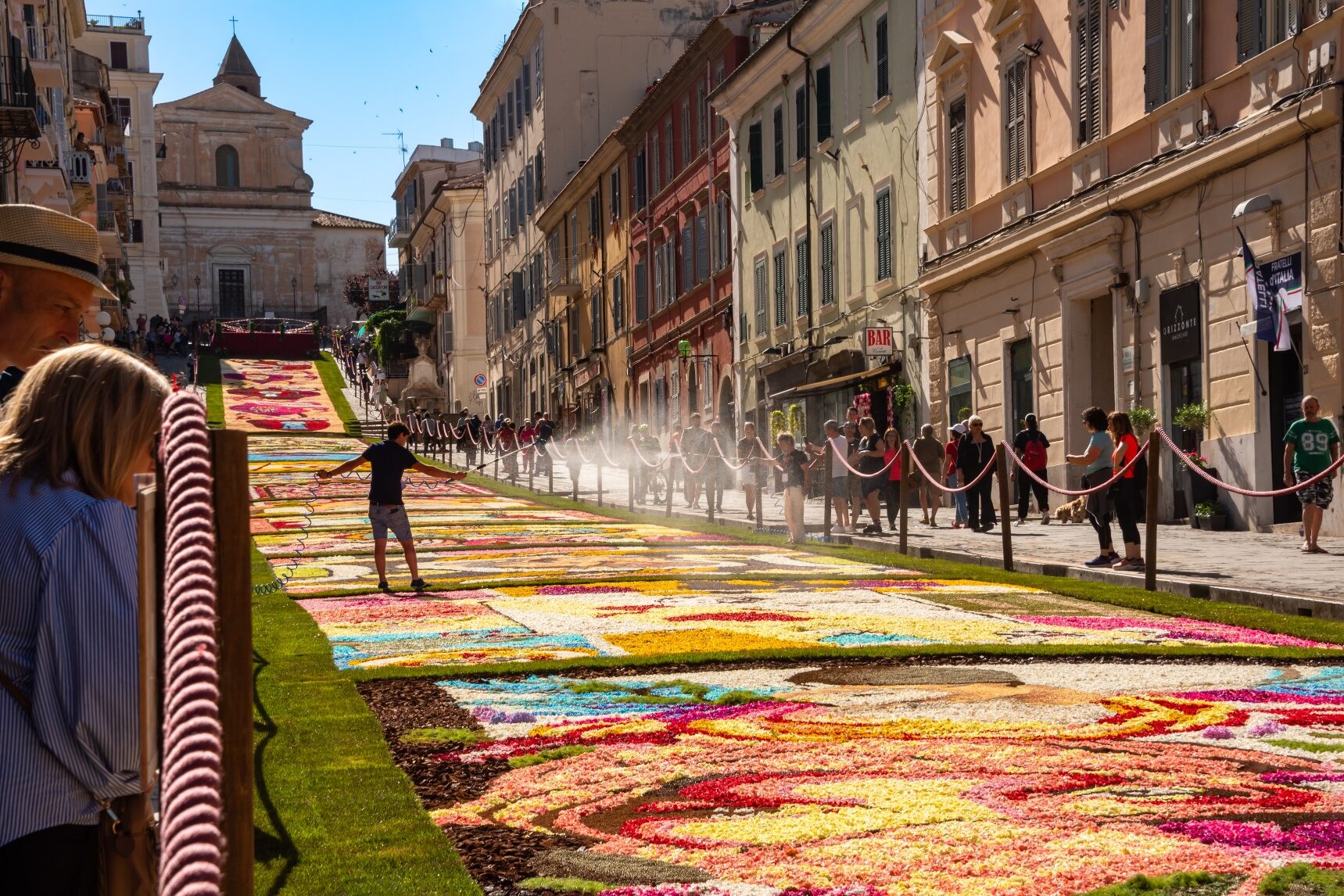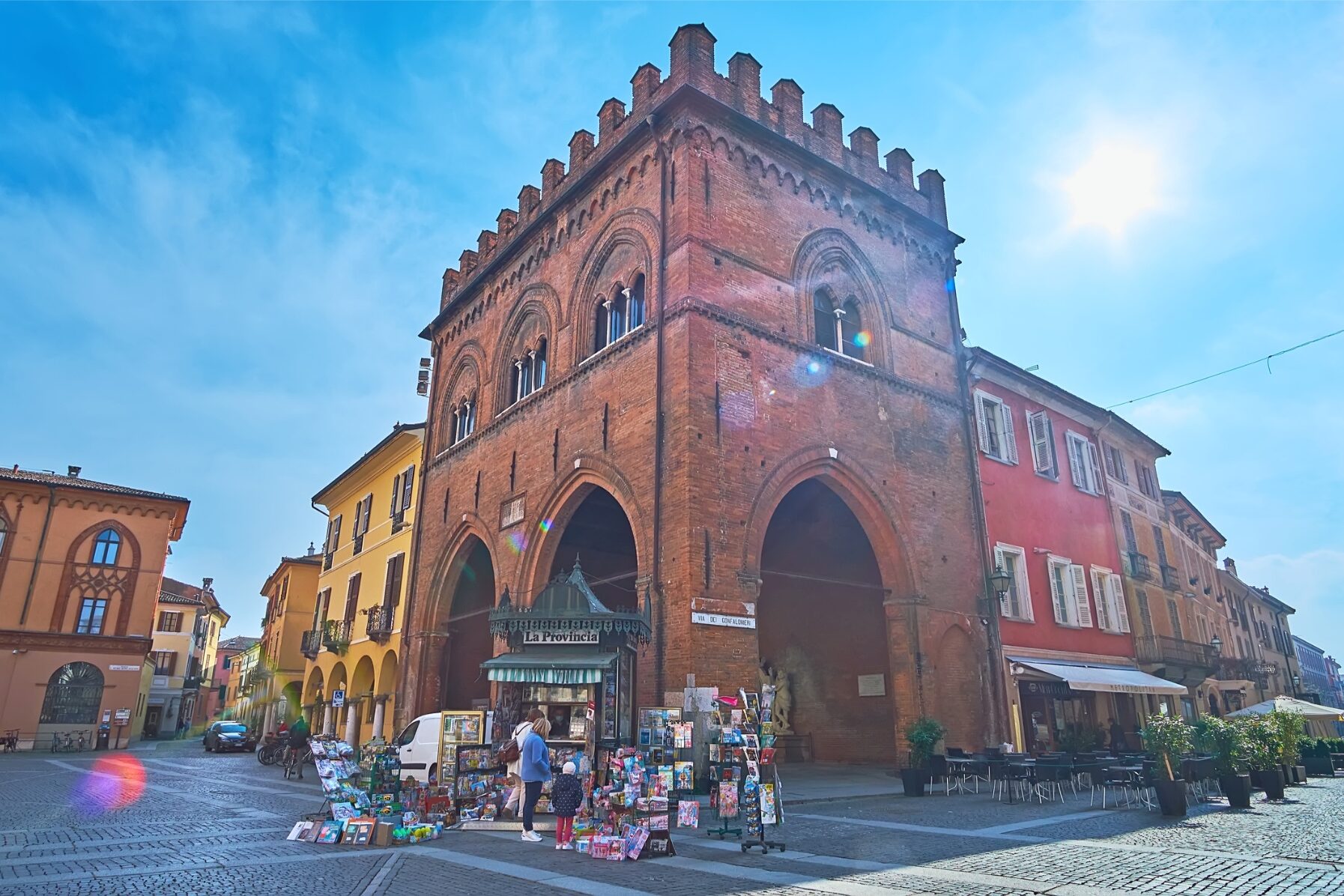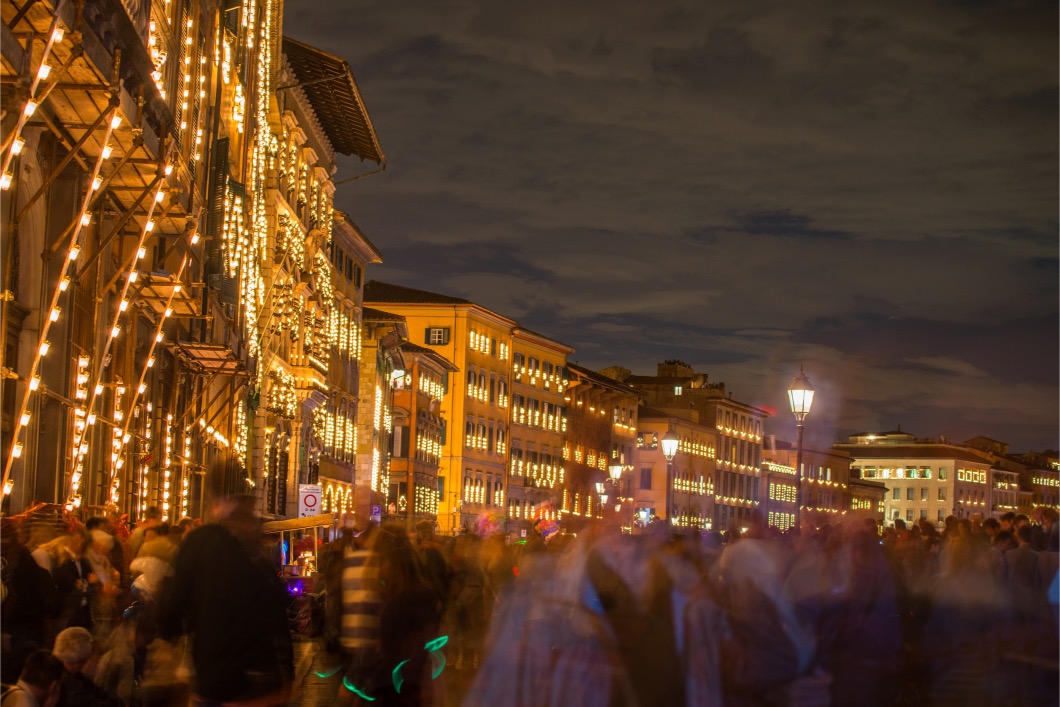Off the usual touristic beaten tracks lays the point of the Italian boot, Calabria. Italian Americans are probably well aware of its beauty and amazing traditions and history, as a large part of the community originated, at its very beginning, from there.
Recently, the New York Times has chosen Calabria as one of the top destinations to visit in 2017 and, let us face it, it was high time the international press paid some attention to this amazing region. Calabria is not as trendy and popular among tourists as its southern companion Sicily, and lacks the economic steadiness of Apulia, another shiny gem among Italy’s Mediterranean jewels.
Yet, Danielle Pergament, the author of Calabria’s endorsement on the New York Times, could not be more right: land of incredible sceneries and untouched nature, of delicious food and unique produce, of an history that is synonym with the greatness of Italy’s own old Empires, Calabria’s beauty is haunting, mysterious, exotic.
Lovely words, you may say, but why should one visit it? there are indeed plenty of reasons.
Calabria is a region where the green transparence of the sea goes hand in hand with the wild charms of the mountains, in a way that only a region like Liguria – a thin line of sand and pebbles, guarded upon by the majesty of the Alps rising strong and steep only a handful of steps behind the sea – can match. Yet, Calabria’s mountains are darker, less friendly than the Alps: they attract you and frighten you the way a dangerous lover may, making you feel like you need their scent to breathe and their colors to see. In the northern area of the region rises the Massiccio del Pollino; head towards the south and find the Sila first then the Aspromonte, all of them home to national parks and natural reserves filled with rare flora and fauna, making them a perfect destination for all nature lovers.
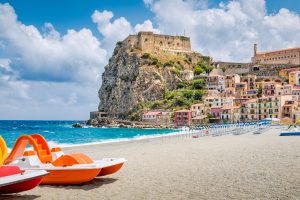
Talking about mountains helps introduce another reason why Calabria made the New York Times list of essential locations to visit this year: food. Thanks to the region’s geographical conformation and climate, Calabrian cuisine includes both earthy and rich dishes typical of the mountains and more fragrant and exotic concoctions, preferred on the coast: head to the mountains and try frittole, a dish of pork meat and cracklings, rest by the sea and enjoy baccalà alla cosentina, dry salted cod with tomatoes, potatoes, peppers and olives. You could also give a go to an interesting variation of a classic Italian dish, lasagne, with Calabria’s own pasta a lu furnu (also known as pasta ‘ncasciata in the area of Reggio Calabria), a deliciously decadent baked concoction of pasta in meat sauce, enriched with meatballs, traditional cold cuts, boiled eggs, cheese, all encased within two layers of fried eggplant. It admittedly carries more calories than a full wedding banquet, but it is well worth it. Calabria’s cuisine has been always inspired by its wealth of produce, like chili peppers and citruses – bergamot is typical of Calabria – as well as traditional products like spicy salamis, sausages and cheeses: pecorino, caciocavallo, provola and ricotta are all typical.
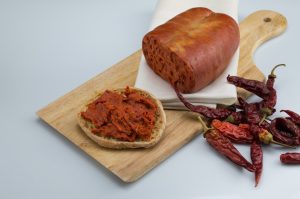
As one may expect, Calabria’s food tradition is rooted in the region’s history, which bears witness to the very origin of civilization in Italy. It is for this reason that Calabria is considered a great destination for history and archaeology lovers: chosen by the ancient Greeks for its beauty and natural wealth, vestiges of their presence are still visible. The most famous of them all are certainly the Bronzi di Riace, two male bronze statues found under the sea of Riace, in the Reggio Calabria province, in 1972: the balanced and elegant strength of their bodies has become symbol itself of male beauty, at least in Italy, where the expression “he looks like a bronzo di Riace” is commonly used to define a man with a particularly attractive body. Their home, today, is the Museo Archeologico Nazionale in Reggio Calabria.
All that said, it is probably the beauty of Calabria’s sea that comes first to mind when thinking of the region. Held in the blue-green embrace of three seas, the Tyrrhenian, the Ionian and the Mediterranean, its beaches have been a well-guarded secret among Italian holiday makers for decades: Tropea, Isola Capo Rizzuto, Scilla are only some among the many locations you could pick to enjoy a bit of sun and sand time.
You see, there is so much to love about Calabria, last but not least the fact it is usually less crowded and clichéd than other Italian holiday locations like Rome, Venice or Sicily. It is good to know Calabria got the New York Times’ stamp of approval this year, but it really does not need any special endorsement: its beauty and charm are truly sufficient.
